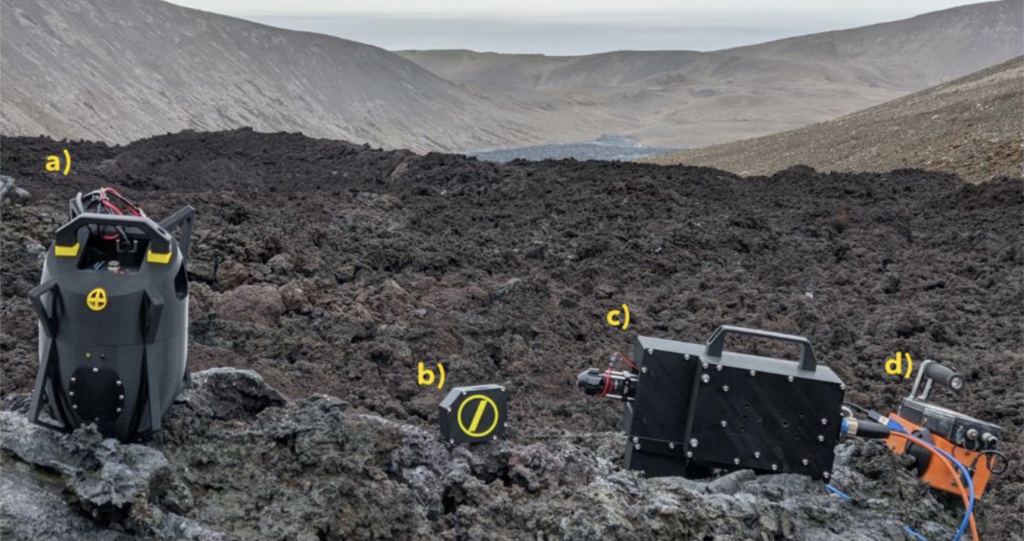20-EPN2-066: From Geitafell volcano (Iceland) to Mars: How hydrothermal alteration of basalt can guide our understanding of habitable environments on Mars
Visit by Julia Semprich and Geoff Austin, Open University (UK), to TA1 – Iceland Field Sites, MATIS
Dates of visit: 21 September – 01 October 2022
Hydrothermal systems provide conditions and nutrients for microbial life and thus have the potential to create subsurface habitats on Mars. Characteristic minerals associated with these hydrothermal systems have been detected on Mars’ surface by spectral observations from orbit, but their formation conditions and spatial distribution remain unknown. The aim of this study was a detailed characterisation of the spatial distribution and mineral chemistry of the low-grade metamorphic/hydrothermal alteration mineralogy in an extinct hydrothermal system.
Field work was conducted at the Geitafell central volcano near Hoffell in the south-eastern part of Iceland, an ideal analogue for Mars. The focus of this research was to record spatial relationships between the basaltic host rocks and the hydrothermal alteration in the field and to sample characteristic low-grade metamorphic minerals, which have also been detected on Mars.
We collected 19 samples from different alteration zones within the hydrothermal system including veins and vesicular basalt showing a range of alteration minerals such as carbonates, quartz, zeolites, chlorite, prehnite, epidote, andradite, and actinolite. We will now be able to conduct a detailed study of the samples including petrography, mineral chemistry, and spectroscopy, which can then be used to further constrain our models of hydrothermal alteration on Mars.
We expect this research to be highly relevant to the study of hydrothermal systems on Mars and particularly for sample return once the Perseverance Rover reaches the rim of Jezero Crater, which likely exposed hydrothermally altered rocks.
Banner image: View towards Hoffellsjökull glacier. CC BY-SA 3.0 (Gummao)


